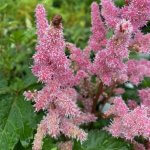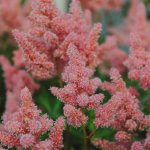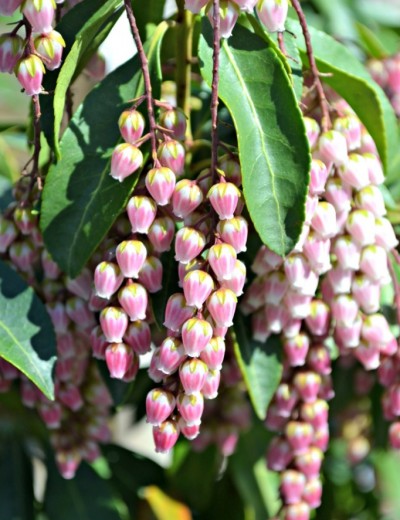Do astilbes like sun or shade?
Astilbes prefer partial shade to full shade. While they can tolerate some sun, especially in cooler climates, too much direct sunlight can cause their delicate foliage to scorch and their soil to dry out too quickly. Keeping astilbes in a shaded or partially shaded area with moist, well-drained soil will help them flourish.
Does astilbe spread?
Yes, astilbes do spread, but they do so at a moderate pace. They grow from rhizomes, which gradually expand and form larger clumps over time. This makes them excellent for filling in shaded garden areas and creating dense, attractive ground covers.
Will astilbe come back every year?
Yes, astilbes are perennial plants, which means they come back every year. In suitable growing conditions, they will return each spring, producing their beautiful feathery plumes of flowers. After their flowering season, their foliage remains attractive until the first frost.
Does astilbe bloom all summer?
Astilbes do not bloom all summer; their blooming period typically lasts from late spring to mid-summer, depending on the variety and local climate conditions. Most will flower for about two to three weeks during this time.
Is astilbe toxic to dogs?
No, astilbe is not toxic to dogs. According to the ASPCA, astilbe is considered non-toxic to pets, including dogs. This makes it a safe choice for gardens where pets frequent. However, it’s still a good idea to discourage pets from chewing on or ingesting any plants, as some non-toxic plants can still cause mild digestive upset if consumed in large quantities.




